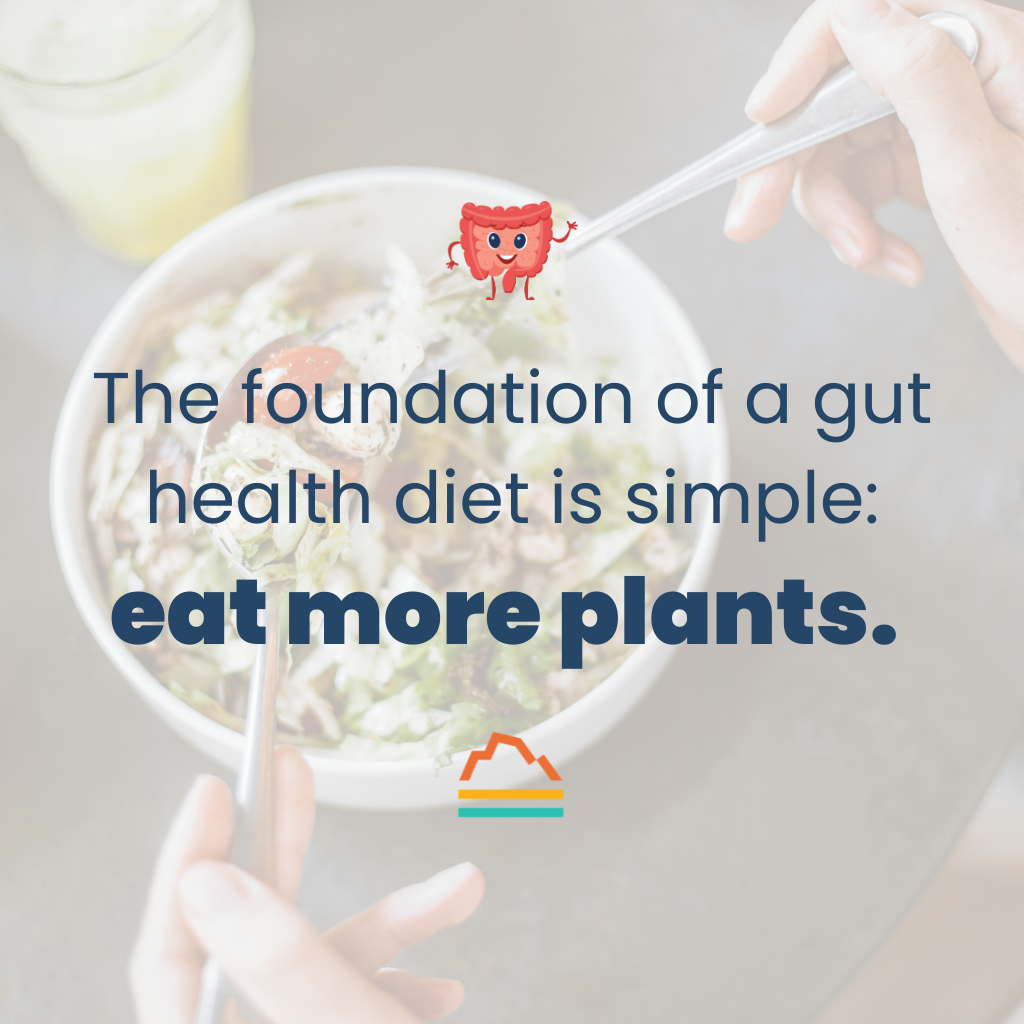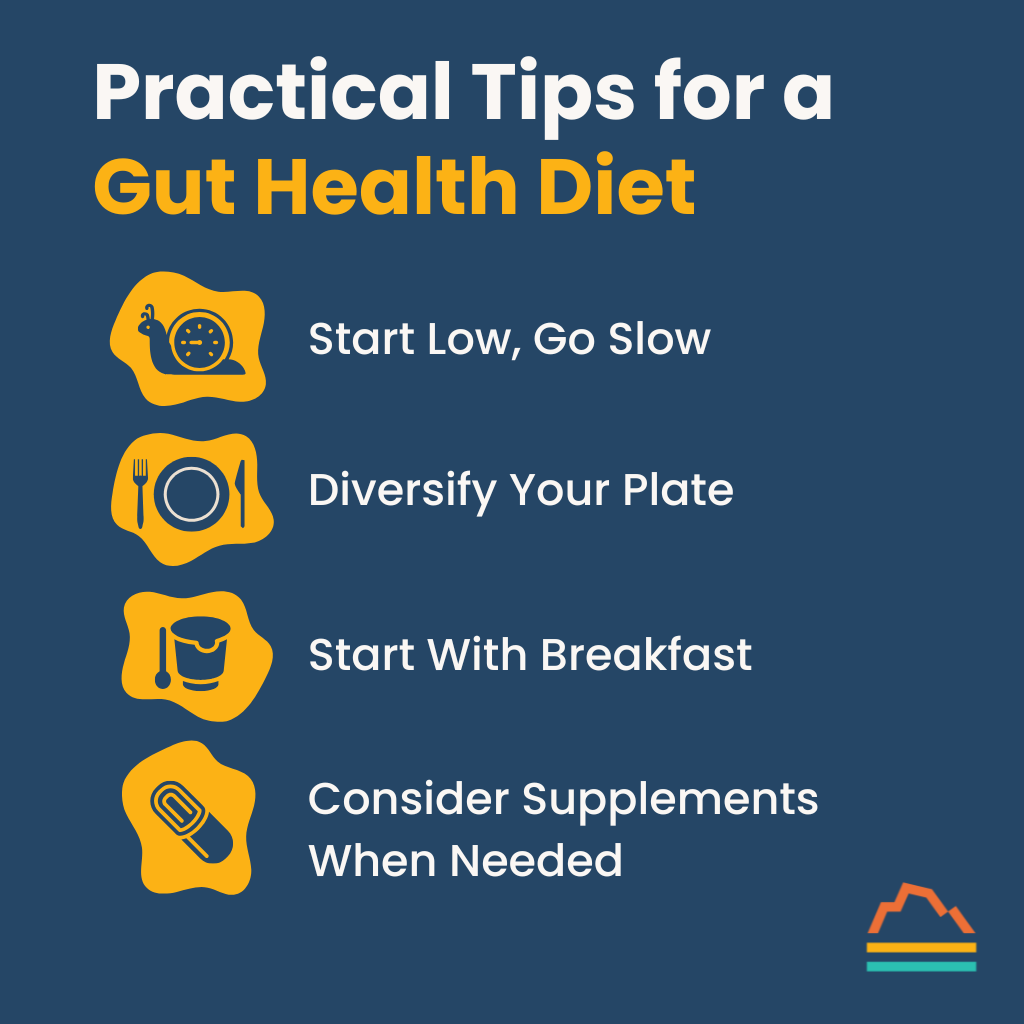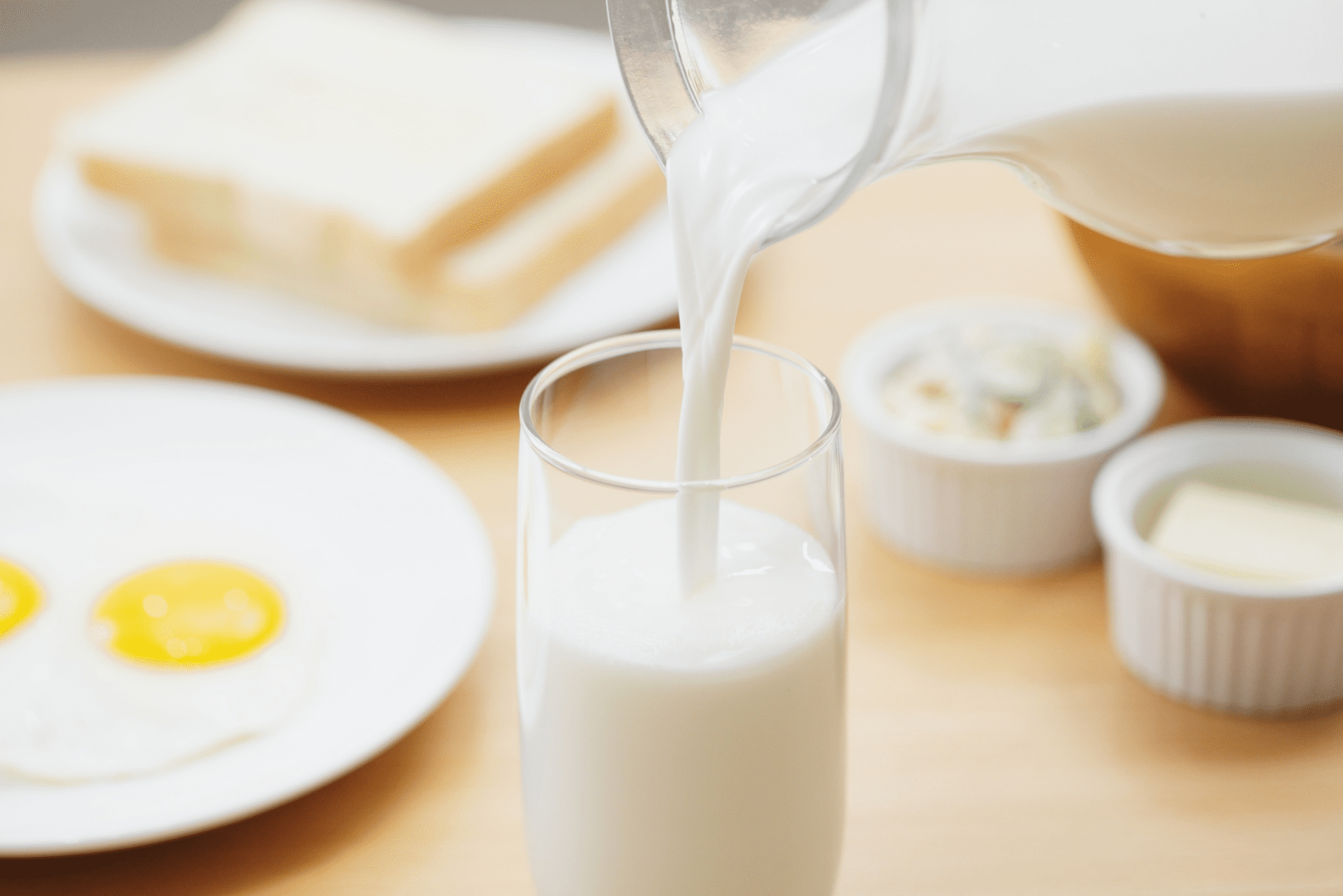To achieve optimal health, we must pay attention to the entire ecosystem inside our bodies: not just our own cells, but the trillions of microorganisms that call our gut home.
Most people know what fiber is and recognize that it exists in food, but they don’t appreciate its role in health. While many Americans obsess over protein content, they overlook fiber as a crucial component of a diet for gut health.
The Foundation of a Gut Health Diet: Understanding Fiber
When discussing an effective gut health diet, we must start with fiber, the cornerstone of digestive wellness. Fiber falls into two categories: soluble and insoluble.
Soluble Fiber
Soluble fiber dissolves in water, creating a viscous, gel-like substance. When consumed, it expands in your stomach and:
- Increases fullness
- Slows gastric emptying
- Helps maintain weight
- Decreases glucose absorption, reducing blood sugar spikes
Popular weight loss medications tout these same effects. Thanks to fiber, you can achieve similar benefits through dietary changes, no prescription needed.
Soluble fiber plays a key role in lowering cholesterol and is an important component of any cholesterol management plan. It binds bile acids in the gut, which reduces the reabsorption of cholesterol. This effect is dose-dependent. The more soluble fiber consumed, the greater the reduction in LDL cholesterol.
Find soluble fiber in the soft, fleshy parts of fruits and vegetables, beans, barley, and oat bran.
Insoluble Fiber
Insoluble fiber doesn’t dissolve in water. It passes through your digestive system largely intact, increasing stool bulk and promoting movement through your digestive tract.
Most plant foods contain both types of fiber. Consider an apple: the flesh contains soluble fiber, while the skin provides insoluble fiber.
The Gut Health Diet Triad: Pre, Pro, and Post
A diet for gut health contains three components:
- Prebiotics (primarily fiber): Fuel for your gut bacteria
- Probiotics: Beneficial living bacteria introduced through food or supplements
- Postbiotics: Your gut bacteria produce these beneficial compounds, including short-chain fatty acids
Think of this like a bee colony: The quality and variety of pollen (prebiotics) determine how many and what kind of bees (probiotics) thrive, which impacts the quality and quantity of honey (postbiotics) produced.
How Much Fiber Do We Need?
The standard American diet includes only 10–15 grams of fiber daily, a fraction of what our bodies need.
For optimal gut health, aim for 30–40 grams daily. Some experts recommend up to 50 grams.
The Power of Plants in a Diet for Gut Health
The foundation of a gut health diet is simple: eat more plants.

I’m not advocating for veganism, as animal proteins are integral to a healthy diet. Just incorporate more plant-based foods from these categories:
- Vegetables: All varieties
- Legumes: Beans, lentils, chickpeas, soybeans
- Fruits: Fresh, seasonal options
- Nuts and seeds: Unsalted, unprocessed varieties
- Whole grains: Brown rice, quinoa, oats, sprouted breads
Practical Tips for a Gut Health Diet
1. Start Low, Go Slow
Don’t change your diet too quickly. Your gut microbiome needs time to adapt.
If you’ve tried beans before and felt sick, consider how you introduced them. Starting with a spoonful and gradually increasing allows your gut bacteria time to adjust. Over time, the populations capable of digesting these foods grow, strengthening your digestive capacity.
2. Diversify Your Plate
At Restaurants
Don’t hesitate to request additions to your meal. Ask for extra vegetables on your salad or sandwich. Most restaurants accommodate health-conscious requests.
At Home
Make each meal an opportunity to support your gut health. For example, switch up a basic salad by:
- Using multiple leafy green varieties
- Adding legumes like lentils or chickpeas
- Incorporating seeds for extra fiber
For sandwiches, upgrade your approach:
- Choose sprouted bread (like Ezekiel) with three grams of fiber and five grams of protein per slice
- Use bean spreads or hummus instead of processed condiments
- Add multiple vegetables for color and variety
3. Start With Breakfast
Breakfast is an opportunity to start your day with a fiber-rich meal. Follow this approach:
- Begin with plain, unsweetened Greek yogurt or kefir
- Add chia seeds, flax seeds, and hemp hearts
- Include crushed walnuts for healthy fats
- Top with fresh berries
This single meal is full of fiber, protein, healthy fats, and probiotics.
Apply the same principle to oatmeal or smoothies, adding multiple plant-based ingredients to maximize nutritional value.
4. Consider Supplements When Needed
Food works best as your primary fiber source, but supplements can help, especially for constipation management.
Psyllium husk is particularly effective. Unlike Metamucil, which contains artificial dyes and sweeteners, choose pure psyllium husk powder. Yerba Prima makes an excellent version.
Here are some tips for using psyllium husk:
- Stir the powder vigorously and quickly to prevent clumping
- Mix it with water and a splash of orange juice for a better taste
- Start with a small amount and gradually increase your intake
- Choose the powder form over capsules for greater effectiveness
Beyond Fiber: The Gut-Body Connection
A gut health diet improves more than just digestion. The short-chain fatty acids your gut bacteria produce support whole-body wellness.
Short-chain fatty acids create healthy enterocytes (the cells that line your gut) that enhance gut barrier integrity. This reduces the movement of harmful compounds from your gut into your bloodstream, decreasing inflammation.
Today’s Takeaways
Your gut microbiome is an essential organ system that requires proper nourishment. When considering your diet, remember that your food nourishes both your body and the trillions of beneficial bacteria supporting your health.
By gradually increasing fiber intake, diversifying your plant consumption, and making strategic dietary choices, you can improve your gut health and reduce inflammation throughout your body.
At Banner Peak Health, we believe in a preventative, nutrition-focused approach to wellness. We know that a proper gut health diet doesn’t require extreme measures; just thoughtful, consistent choices that nourish both you and your microbial partners.

Ari Katz, MD
Dr. Katz has dedicated himself to preventative medicine and building meaningful patient relationships. He joined Banner Peak Health as a concierge physician to provide the personalized, comprehensive care that allows him to focus on his four pillars of wellness and help patients achieve their optimal health.




